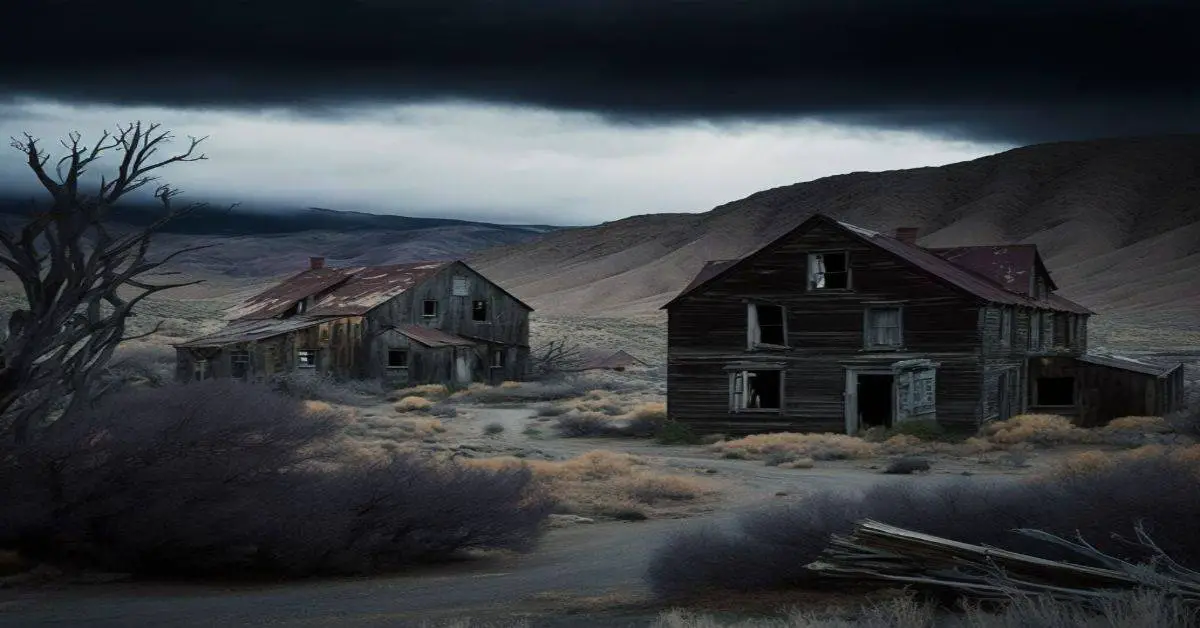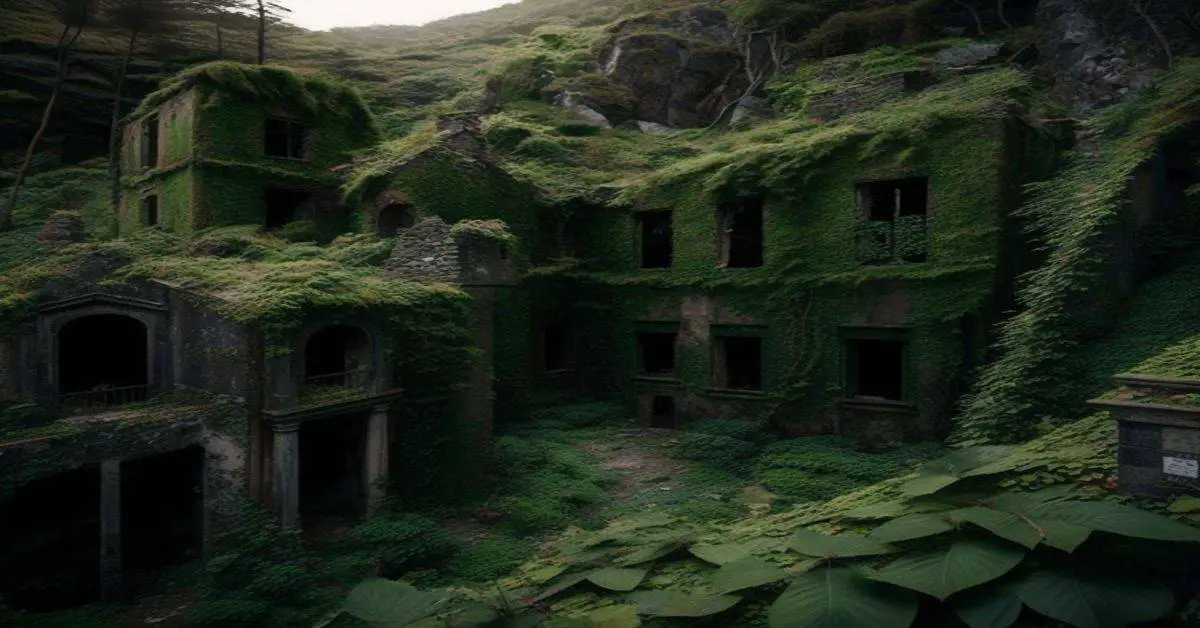Nestled in the heart of Nevada lies a forgotten town with a rich history of gold mining. Once a bustling community with over 5,000 residents and dozens of saloons, Searchlight is now a ghost town. Despite its abandonment, the town’s legacy lives on, and its story continues to captivate the imagination of those who seek to uncover its secrets.
In this article, we will delve into the history of Searchlight and explore the tales of its rise and fall, providing insight into Nevada’s lost gold town.
Searchlight’s history dates back to the early 1890s when prospectors discovered gold in the area. The town quickly became a hub for mining activity, attracting thousands of people from all over the country. With the discovery of gold, Searchlight experienced a period of rapid growth, transforming from a small mining camp to a bustling town within a few years.
However, like many mining towns, the boom didn’t last forever, and by the early 1900s, the town’s population had dwindled. Despite its decline, Searchlight’s legacy continues to be celebrated, with many historians and enthusiasts exploring the town’s past and trying to unravel its mysteries.
In the following sections, we will uncover the history of Searchlight, from its founding to its decline and legacy.
Key Takeaways
- Searchlight, Nevada was once a thriving gold mining town, with a peak population of over 5,000 residents and dozens of saloons.
- The town’s decline was attributed to the exhaustion of low-grade ore, high cost of mining, and panic of 1907-1910.
- Despite its decline, Searchlight’s rich history and legacy as a gold mining town continues to attract modern-day tourists and historians.
- Visitors can explore remnants of the mining industry, including abandoned buildings and mine shafts, and several buildings are listed on the National Register of Historic Places.
History and Founding
The history and founding of Searchlight, Nevada involves the discovery of gold by G.F. Colton in 1897. This led to the establishment of a post office and camp in October 1898, and by the winter of 1899, the population had increased to a point where it could be called an official town. This marked the beginning of the town’s boom, with influential figures such as Colton and others investing in the town’s growth.
Architectural landmarks such as saloons, a telephone exchange, and 44 working mines were established, paving the way for the town’s economic success.
However, the town’s success was short-lived. A panic hit between 1907 to 1910 when low-grade ores required more capital for continued mining.
Despite efforts to revive the town, such as constructing a new mill in 1934, the mill shut down just after 1935 due to lack of ore.
Today, the town’s founding and history remind of the boom and bust cycles often associated with mining towns.
Population and Growth
During the early 1900s, Searchlight experienced a significant population boom, with over a dozen saloons, a telephone exchange, and 44 working mines. This sudden growth was largely due to the discovery of gold in the area, which attracted miners and prospectors from all over the country.
The town quickly became a hub of economic activity, with people flocking to the area for fortune and prosperity. With the increase in population, the community dynamics in Searchlight changed drastically. The town became a melting pot of different cultures and backgrounds, with people from all walks of life coming together to work towards a common goal.
Mining techniques were constantly evolving, and the people of Searchlight were at the forefront of this change, experimenting with new methods to extract more gold from the ground. Despite the challenges of living in a remote desert town, the people of Searchlight were resilient and resourceful, and their legacy lives on to this day.
Decline and Legacy
Despite facing economic challenges and declining mining activity, Searchlight’s legacy as a once-thriving hub of economic activity continues to be remembered and studied. The town’s decline can be attributed to several factors, including the exhaustion of low-grade ore, the high cost of mining, and the panic of 1907-1910. Despite constructing a new mill in 1934, the town ultimately shut down a year later due to a lack of ore. The town’s decline significantly impacted the community, leaving many residents without employment or means of support.
However, Searchlight’s rich history and legacy as a gold mining town has continued to attract modern-day tourists and historians alike. Today, visitors can explore the remnants of the town’s once-thriving mining industry, including abandoned buildings and mine shafts. The town’s historical significance has also been recognized by including several of its buildings on the National Register of Historic Places.
Despite its decline, Searchlight’s legacy as a former economic powerhouse and its continued importance as a historical site make it a fascinating destination for those interested in the history of the American West.
Frequently Asked Questions
What is the current state of Searchlight and can visitors still explore the town today?
Searchlight is still inhabited, with a population of around 500. Visitors can explore the town, which has a few shops and restaurants, but many of the historic buildings are no longer standing.
What impact did Searchlight have on the surrounding natural environment and local wildlife during its mining boom?
During its mining boom, Searchlight significantly impacted the ecology of the surrounding natural environment and local wildlife. Mining regulations were not as strict, leading to pollution of water sources and destruction of habitats.
What was the political climate like in Searchlight during its early years and did any notable political figures originate from the town?
Searchlight’s early years were marked by a politically charged atmosphere, with notable politicians such as Harry Reid originating from the town. Community values and beliefs centered on mining and the town’s economic impact. Social events and gatherings were common, contributing to Searchlight’s cultural identity. The town’s decline and abandonment led to revitalization efforts.
During its peak population, Searchlight had a strong sense of community identity, with cultural traditions centered around the mining industry. The industry’s economic impact contributed to the town’s growth and development, shaping its social and cultural landscape.
How has the legacy of Searchlight impacted modern-day Nevada and the mining industry as a whole?
How has the legacy of Searchlight impacted modern-day Nevada and the mining industry as a whole? The town’s economic impact and mining industry advancements have left a lasting legacy, influencing the development of mining practices and technologies in the state and beyond.


